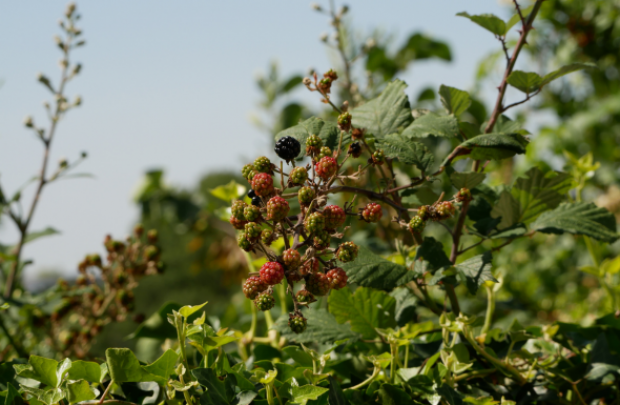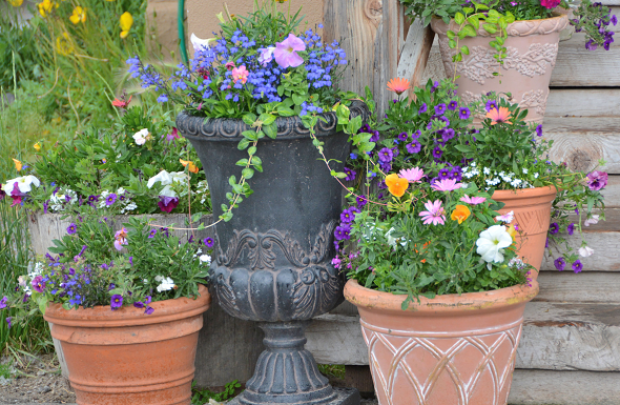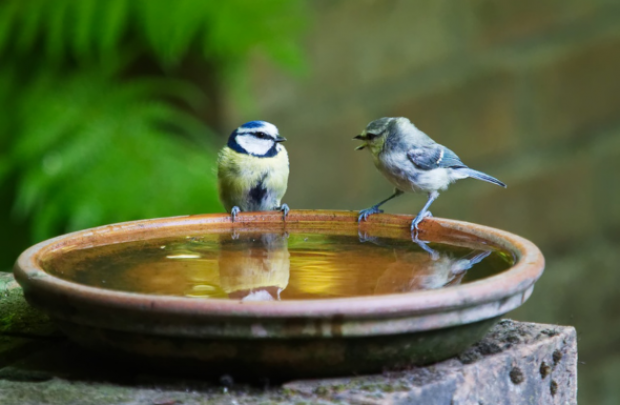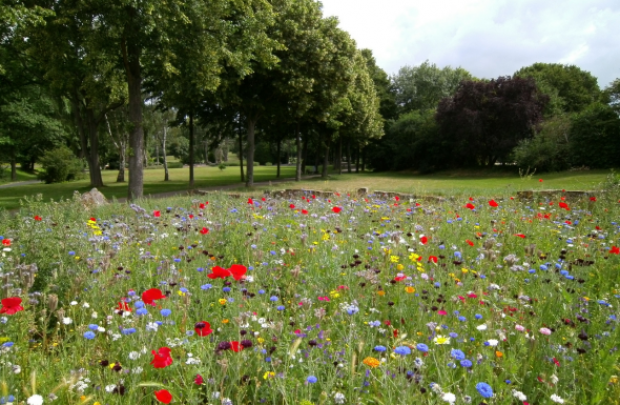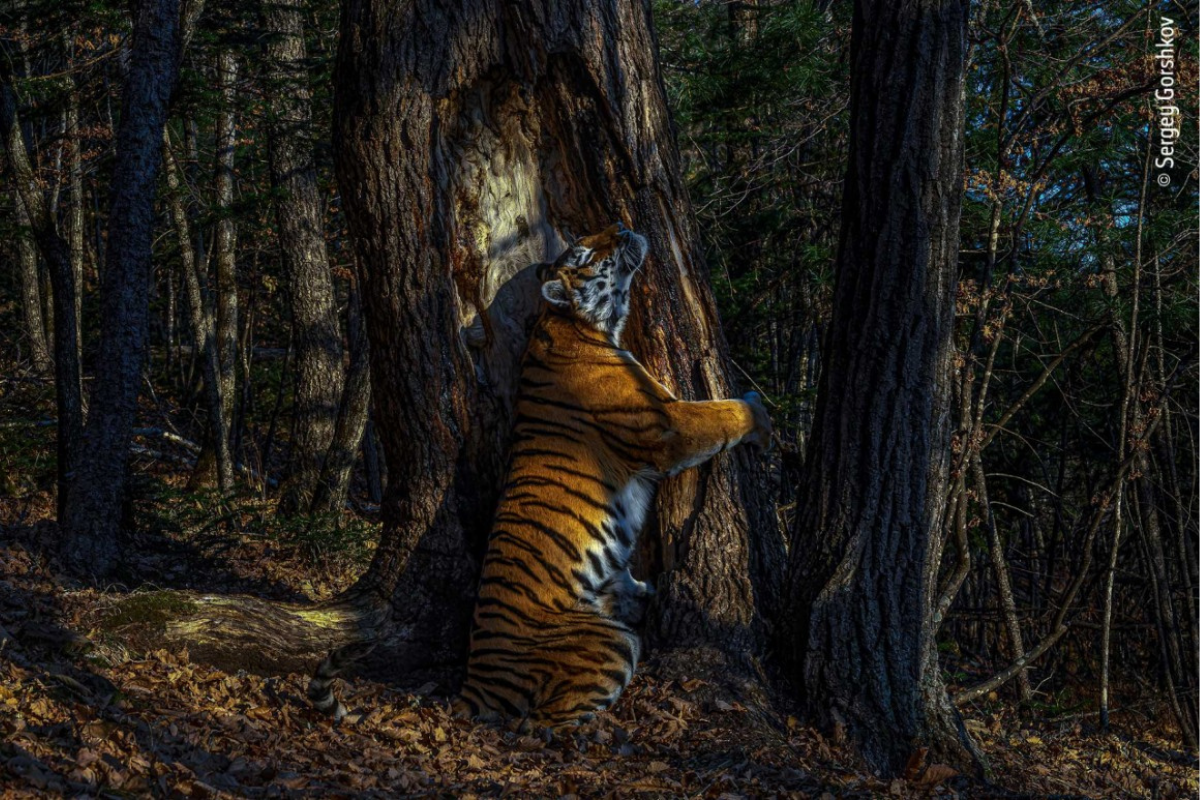
2020: a year for wildlife?
2020 was a year that we will all remember. As well as looking back on lockdowns, social distancing and PPE, there are plenty of positive wildlife stories to remember too! Though it may not have been the promised ‘super year for nature’, there were some fantastic highlights for tree huggers…
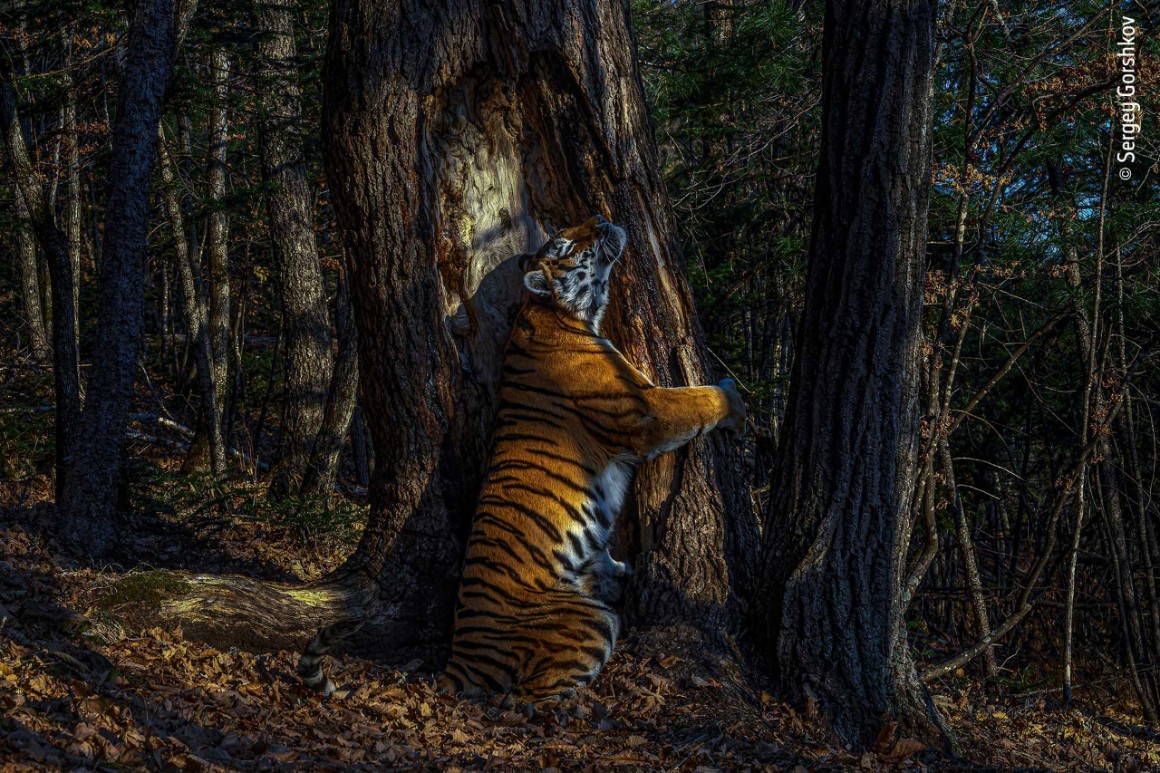
This glorious Amur tiger, captured by Sergey Gorshkov, was the winner of last year’s Wildlife Photography of the Year award. Have a browse to see some incredible images from around the world, and read on for some natural highlights from closer to home.
We brought species back from the brink
A significant milestone for UK conservation this year was the successful hatching of white stork chicks for the first time in over 600 years! The chicks spent their first few months being cared for by their parents on the Knepp Estate, where they hatched. More recently, the juveniles explored Southern England, flying all the way to Lizard in Cornwall, before turning east and crossing the channel near Dover in September. They were tracked crossing the Strait of Gibraltar a month later, and will hopefully be recorded building nests of their once they reach breeding age in a few years.
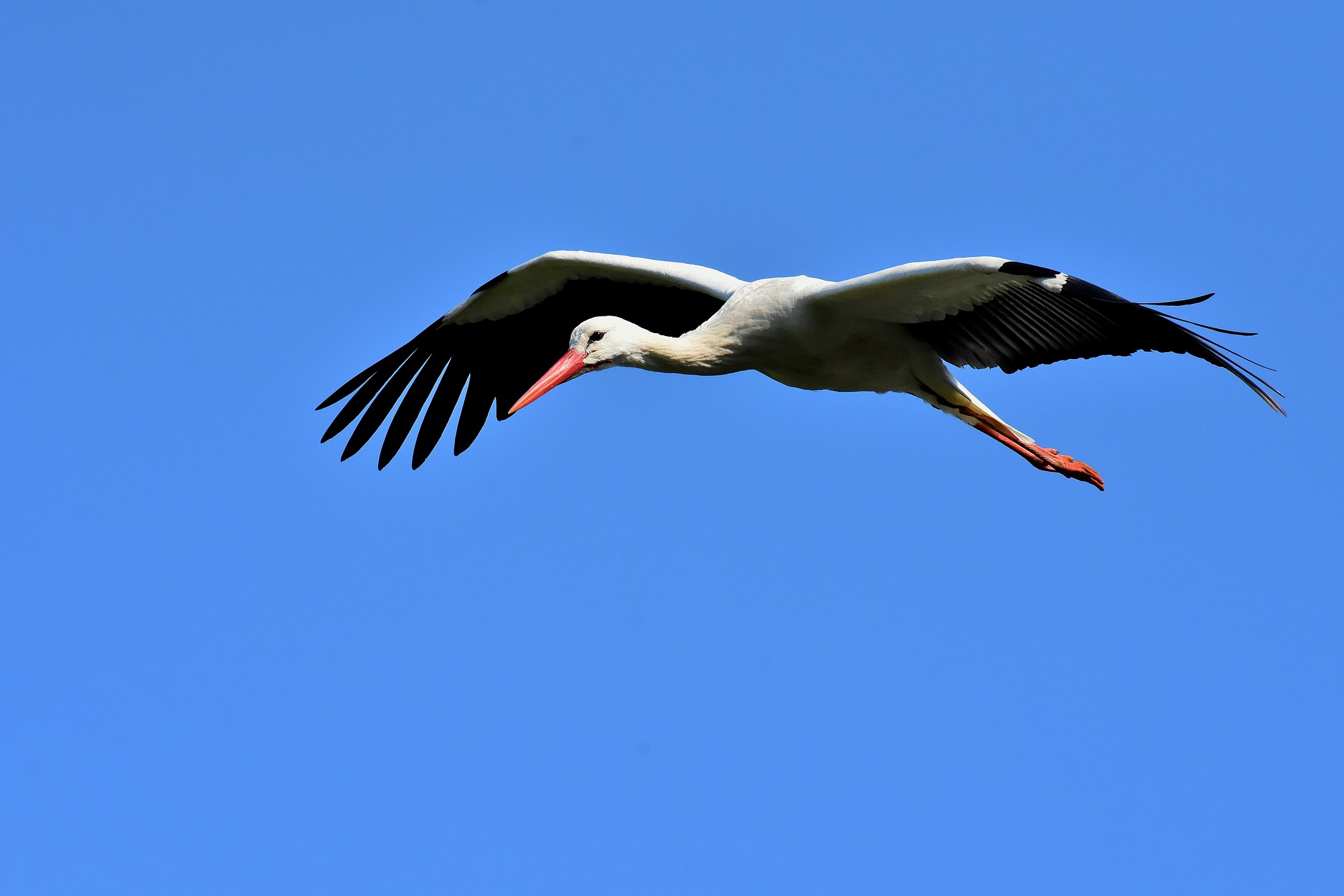
There have also been some real successes for the UK’s invertebrates, including the rediscovery of the wolf spider in Surrey, where it had been thought extinct, and the return of large heath butterflies to Manchester after 150 years.
Another species which conservationists have been reintroducing to our shores after it was hunted to extinction around 400 years ago are beavers, which are now living wild in England, Scotland and Wales. This incredible species can restore rare and biodiverse ecosystems, bringing multiple benefits to people – check out this great film to find out more.
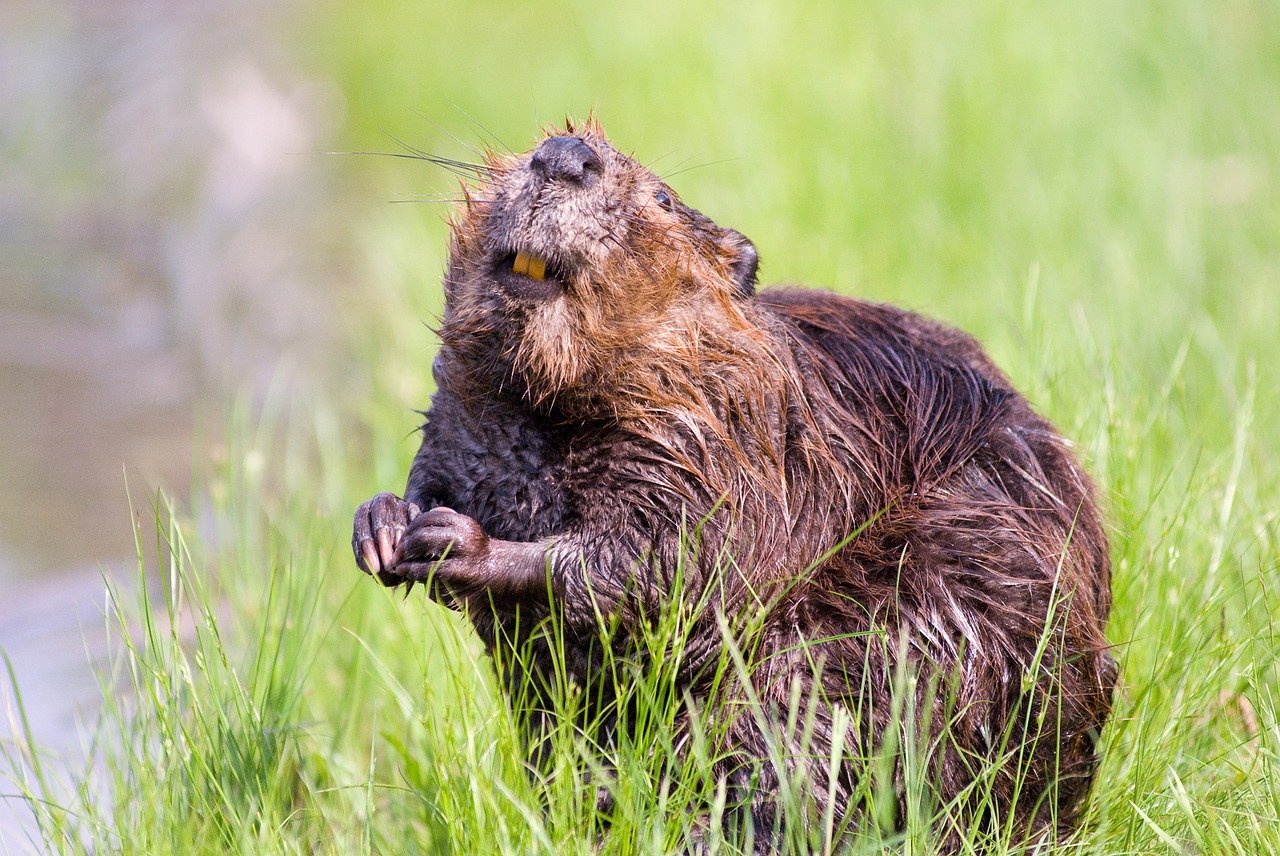
We increased our understanding
During the 2020 spring lockdown there was a really positive boost in participation in citizen science. Members of the public got involved in diverse projects, from describing their balconies, gardens, allotments and other outdoor spaces for Naturehood, getting involved in water quality monitoring with the FreshWater Watch project or even transcribing handwritten scientific records from the early 20th century to inform modern climate models.
One major research project which drew on citizen science data came from the Mammal Society, which created the first Red list of British mammals. This list highlights the species most at risk of national extinction, including wildcats (critically endangered), red squirrels (endangered) and even the nation’s favourite mammal: the hedgehog (vulnerable to extinction). To reverse the trends for these species we need to take urgent action. For many species this effort must be led by local and national governments, but for others, including hedgehogs, there is plenty that we can do to help at home.
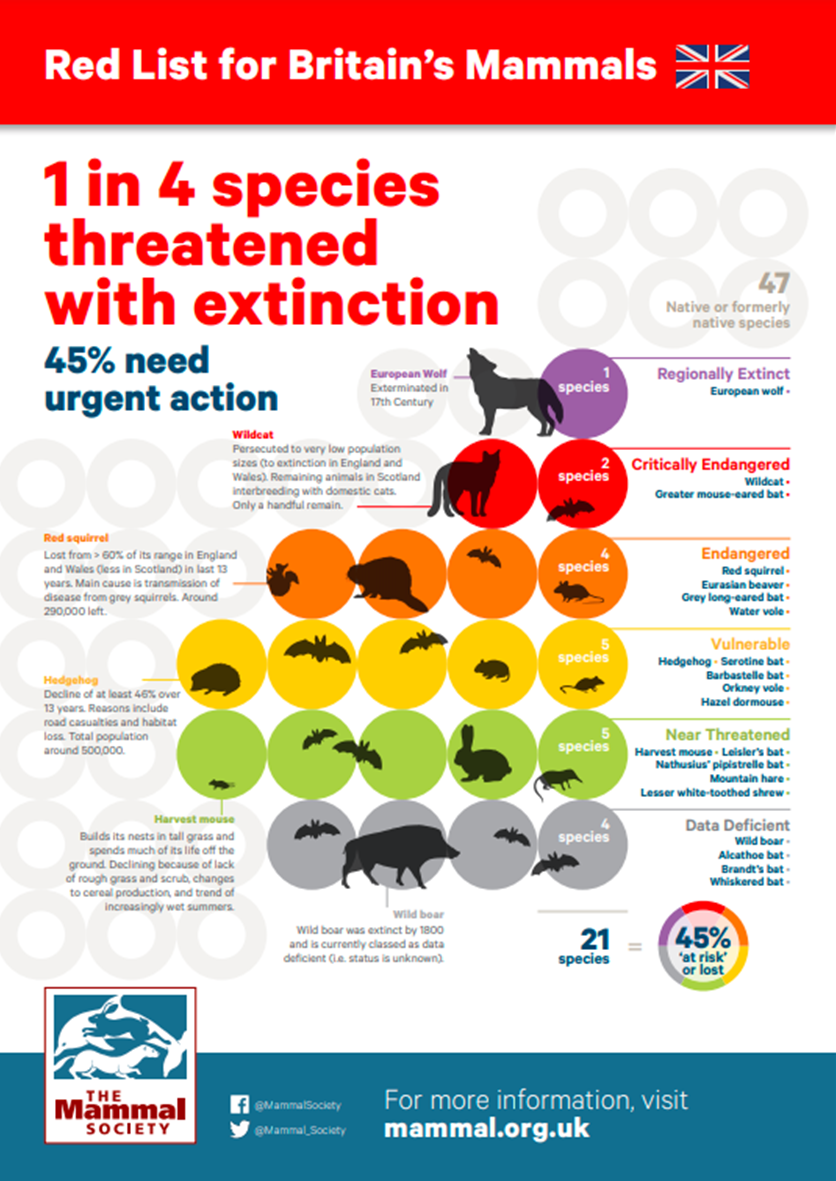
A species which has been under particular investigation this year is the Eurasian blackcap. The migratory behaviour of these birds has changed over the past 12 years. Typically a summer visitor, more are staying in the UK into winter and populations are even migrating northwards from Germany to overwinter here. Research based on information provided by members of the public, as part of bird ringing and the Big Garden Birdwatch project, has revealed how this change is linked to the fact we are creating gardens which help support the survival of these birds over winter, as well as our winter weather becoming less harsh due to the impacts of a changing climate. This is a great kind of discovery, because it opens up so many more questions - what other bird species can we expect to spend more time in the UK due to these changes? Will there be new arrivals? And how will this affect the birds that are already here?
We gave nature a break
During the 2020 national lockdowns we spent more time in our homes to help protect everybody. One impact of this was that international flight numbers dropped and a ‘record fall’ was recorded in global carbon dioxide emissions.
In the UK, some of our rarest birds (such as avocets, black-winged stilts and great white egrets) benefited from both last year’s mild winter and our reduced presence to achieve one of their best breeding seasons ever. For other species having fewer people around made 2020 the best time to explore new areas, like the goats that took over the Welsh coastal village of Llandudno.
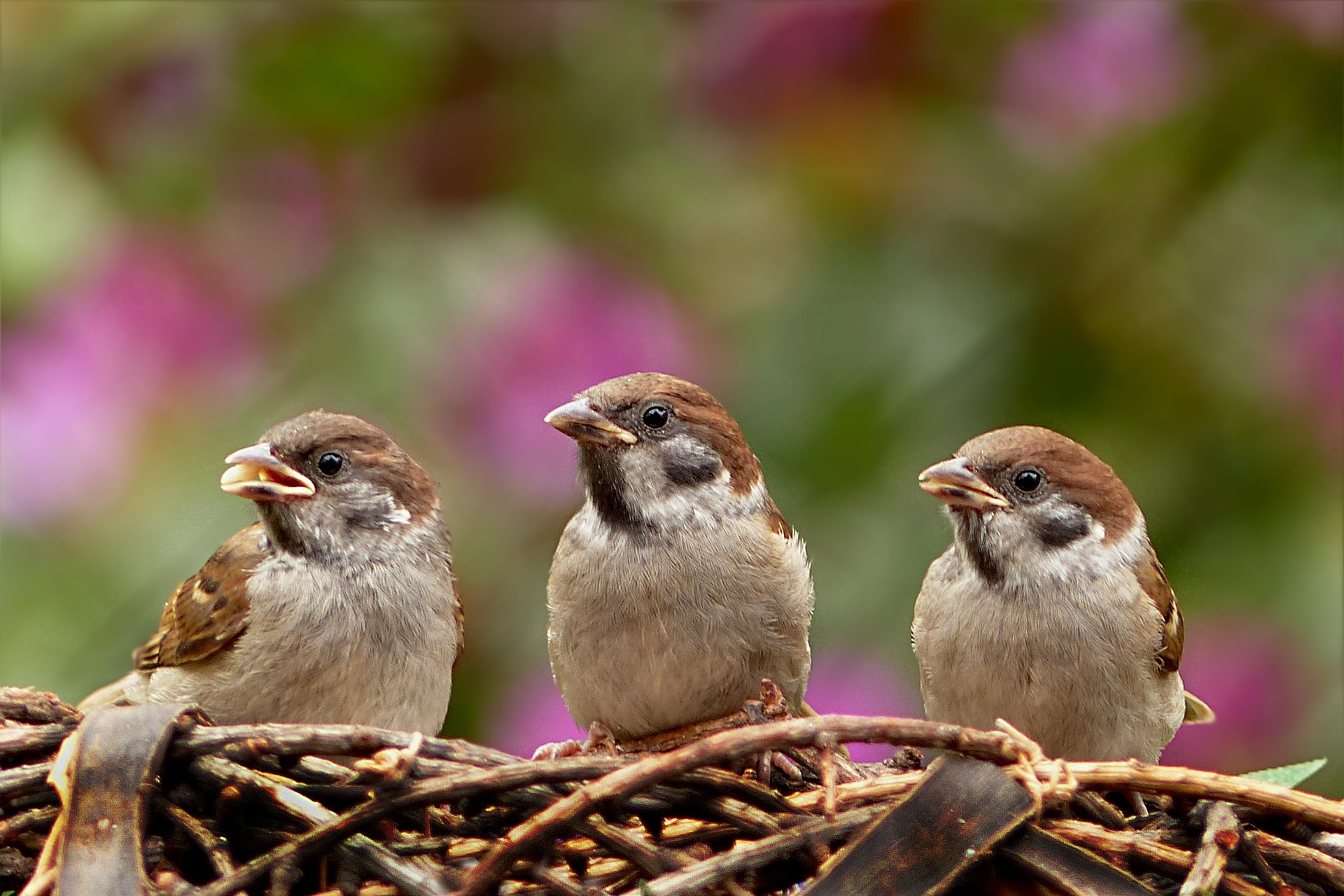
In our own homes, many of us paid more attention to those outdoor spaces we could still visit: our gardens, balconies and allotments. Last year, with reduced traffic and building noise, we could also celebrate a relatively louder dawn chorus and we can hope that this reduced traffic will also have meant fewer road-deaths for hedgehogs, badgers and other creatures.
By continuing to connect with nature in 2021, both our own health and that of our local species can benefit. Explore different ways you can take action to make your space more wildlife friendly and collect important scientific information with Naturehood.
